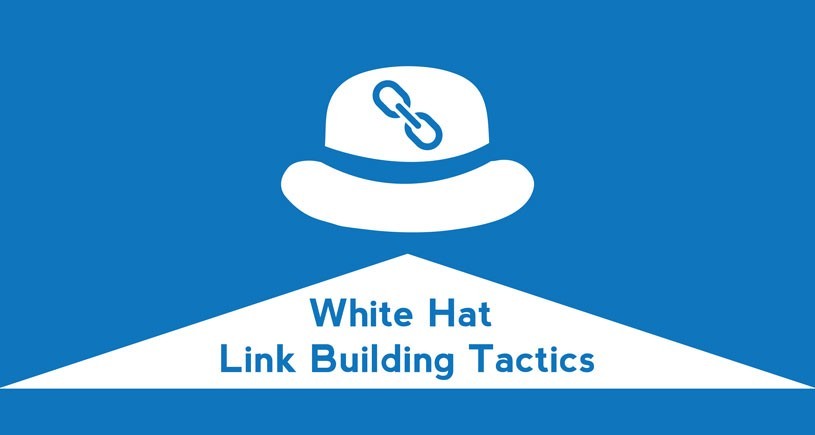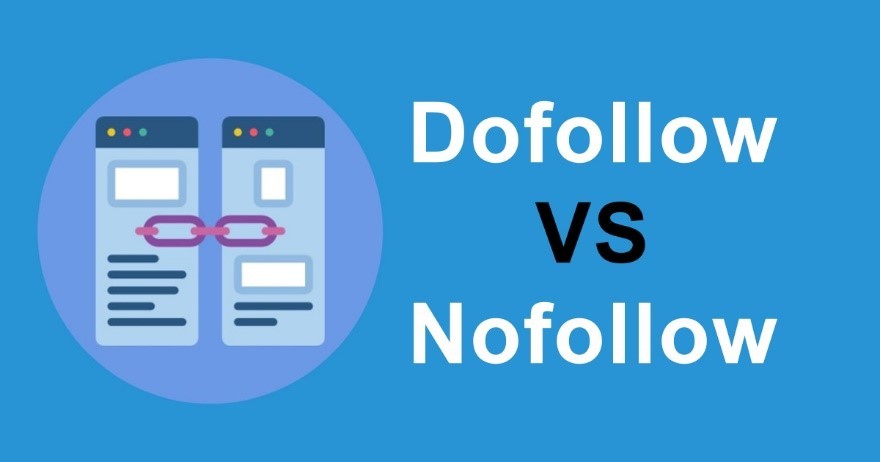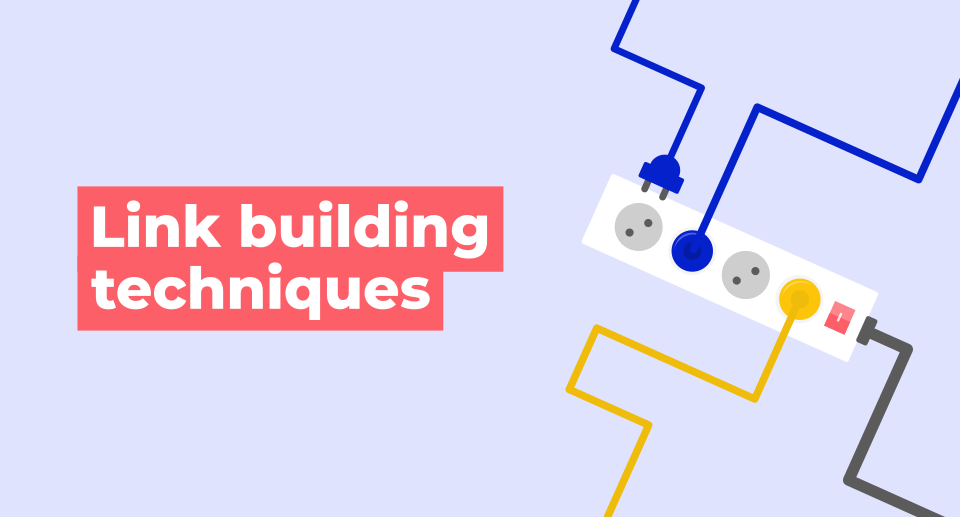
Link Building strategy today can mean up to 70% of the success of an SEO optimization campaign. But it wasn’t always like that. In the beginning, search engines relied only on the content of a page to determine the positioning of sites in the SERP (search engine results pages).
Later, however, Google and other search engines understood that only on the basis of quality content can not be established a ranking hierarchy. Many people can produce quality content and as such, there has been a need to establish a hierarchy based on additional criteria.
And so came the concept of Link Building.
In the beginning it was Page Rank
PageRank (or PR for short) is a web page ranking system developed by Google founders Larry Page and Sergey Brin of Stanford University. It was invented to give each page a relative score of importance and authority, evaluating the quality and quantity of its links.
Basically, each backlink from one page to another issue a so-called vote, the weight of which depends on the importance of the pages that send this link. The main goal of the Link Building strategy was to increase this Page Rank.

By 2016, when Google officially announced that Page Rank would no longer exist (or rather will no longer be public), SEO experts had already learned how this concept works. Moreover, they understood that it could not disappear, as it is the only way to establish hierarchies. Yes, the concept has changed and will continue to suffer, but the principle will remain the same.
Definition of Link Building
Link Building is the process of securing/getting hyperlinks from other sites to your website or blogsite. A hyperlink (sometimes called a link) is a way for users to move from one page to another on the Internet.
The Link Building Process Must Be Continuous
SEO specialists consider this part of off-page optimization one of the most important, but also the most difficult.
The Link Building strategy must be thought of in the long run and must never be stopped. Search engines are constantly looking for new content, and links are the only signals they receive when new content is born.
On the other hand, we also have competition, which as we know is fierce in all areas. The first page of Google has limited positions, ten or even less, in certain situations. So all sites are fighting for these positions that bring traffic and sales.
Basically, if you target these positions, you managed to get there, and then you stopped the link building campaign, the chances of staying on the front page for a long time are considerably reduced.
The main advantages of a Link Building campaign
As we have shown, links are a very important signal that search engines use to determine positioning in the SERP. So, we know that getting quality links means a better chance of getting to the top of Google.
But there are other benefits that we can get by trying to get quality links.
Development of personal networking
Link building involves contacting other relevant sites or blogs in your niche. If you have created an interesting article or a documented infographic, it is worth trying to get in touch with other older sites in the industry and try to make friends. Often, such a relationship can help you more than an SEO link.
Referral traffic
The traffic of this type that can come from such links is one of the most targeted traffic possible. Usually, a backlink is positioned in the body of a native article that takes the form of the site where it was published. So, if that article succeeds in convincing readers to click on the site in the link, the chances of those readers becoming customers are extremely high.
That’s why referral traffic is so valuable.
Brand building
Most of the time, link building also helps to strengthen the brand and increase brand awareness. To get quality links you are “obliged”, in the good sense of the word, to create very good quality content.
Thus, by generating original and useful content, people gain confidence in your brand and begin to recommend you to others and, in this way, you have a chance to become a reference site in your field. Yes, we know, there is a lot of work involved, you need time and patience, but the result will be commensurate with your efforts.
How to find out what Authority the Site from which we want a LINK has
As a site accumulates more links, its authority increases. It then becomes able to transmit more authority (more power) when sending a link.
Therefore, a link coming from a site with authority (such as linkedin.com ) will generally be stronger than a link coming from a site with low authority (for example, a new site without a link).
There are several tools with which we can find out the authority of a site.
One of the company BiharApps uses Ahrefs tool.
Ahrefs has two indicators that can help us determine the authority of a page or site:
Domain Rating (DR)- refers to the overall power (authority) of a site and is measured from 0 to 100 – 0 representing the smallest unit of authority (for example, a new site with no inbound links), and 100 being the largest.
URL Rating (UR)- refers to the power (authority) of an individual page and is measured in the same way, from 0 to 100.
In the example below, we can see that this page has a DR score of 28 and a UR score of 34.

From experience we can tell you with this tool is a reliable one. The only downside is that you have to provide it complete data from Google Webmaster.
Hey, but this is still a reason to turn to a professional seo agency.
Analysis of the Link Profile of Direct Competitors
The analysis of the competition, direct and indirect, must be the basis of any business plan. As part of the marketing strategy, the SEO campaign is no exception.
A good starting point for most link building campaigns is analyzing the backlink profiles of competing sites.
Also with the help of Ahrefs, which crawls the internet in the same way as Google and collects backlink data (linking sites and pages) for each site, we can see exactly what kind of links and where our competitors’ backlinks come from.
Analyzing the link profiles of several competitors can help us to:
- We understand the link building strategy they had.
- We estimate the budget they allocated to the link building campaign.
- Let’s find out what linking opportunities we can have
- Let’s establish exactly what strategy and link building budget we need to overcome them
The analysis should show you if the links obtained by the competition can be obtained by you as well. If not, you will have to redirect to other link sources.
However, in 99% of cases you will find links that are easy to obtain.
Here are some Examples of Easier Links to Get
- User-Generated Links (UGC) – social profiles, video sites, blog comments, etc.
- Guest Post links – You can simply access the site from where you want the link and ask if you can contribute.
- Link from a Resources page – reach out and ask if the site will add your resource.
In other words, you should know that Google changes the rules of the game very often lately. So, the mere fact that certain links are found in the link profile of your competitors does not mean that they are still effective today. You need to be up to date with SEO news in order to make the right decisions.

Let’s take as an example of the registration in the directories. This practice was “fashionable” in SEO a few years ago. Today, however, these links are not worth much.
So, below we present an updated list of the most effective types of links and strategies for obtaining them.
Effective Current Tactics for Link Building
- Infographics- infographics are quite difficult to design. That is why it represents quality content, content to which everyone wants to send links.
- Broken Link Building- is a classic strategy highly valued by search engines. Repairing these links helps create a better internet and can bring you the authority you need.
- Creating free applications/tools- offering such tools for free can be the most efficient (even in terms of cost) in obtaining quality links.
- Interviews- success stories will always be heard. Take advantage of this and get the much-desired backlinks.
- Blog Comments- have been and still are a very good and free source (if you don’t consider the time) to get links.
- Sponsored Content- if you are out of ideas and have money to spend then this is the strategy that suits you. There are a lot of online sources that can’t wait to “help” you with a backlink.
- Answer Quora Questions- People have a lot of questions that need to be answered. Join a community like quora and you can get backlinks and also visibility and traffic.
Indicators (KPIs) of a Strong Link Building Profile
The indicators of the link building campaign are extremely important in the economy of the SEO optimization strategy. We must know at all times where we started and what values we aim for.
The Most Important Indicators for Link Building is:
DR- Domain Rating
This indicator represents the general authority of the site. It has values from 0 to 100, 0 being the lowest value, and 100 being the highest value.
Increasing this indicator is a long process. As can be seen from the images above, in establishing this indicator, both the number of domains and the number of links are taken into account. When you start at 0 this process can be daunting.
From experience, we tell you that in order to be able to think of top positions you must have a DR of at least 10.
But, hey, SEO means, above all, patience.
The ratio between Dofollow Vs. Nofollow – “Natural” indicator
This is an important indicator of “naturalness” that many people ignore. Google likes natural things. As long as there are both do-follow and no-follow links it is natural to have links of both types.

A natural percentage indicated is 10% links that do not transmit authority (no-follow), and the remaining up to 100% can be links that transmit authority (do-follow).
Conclusions:
Creating and implementing an effective and secure link building strategy can give even the most experienced SEO specialists a head start.
How to distinguish quality backlinks from the least secure ones, how to set anchors and to which landing pages should be directed, how to ensure a correct ratio between do-follow and no-follow links, how to get links from highly authoritative sites? There are a lot of questions and variables that you need to consider and all of these can become daunting.
But to overcome such moments, you must know that link building is the fuel that fuels the entire SEO campaign. When the power supply stops, there is a good chance that this whole mechanism, called SEO optimization, will work for another period of inertia and then stop.
If you want to write a guest post then please contact us at hello@apptians.com or visit our website.
